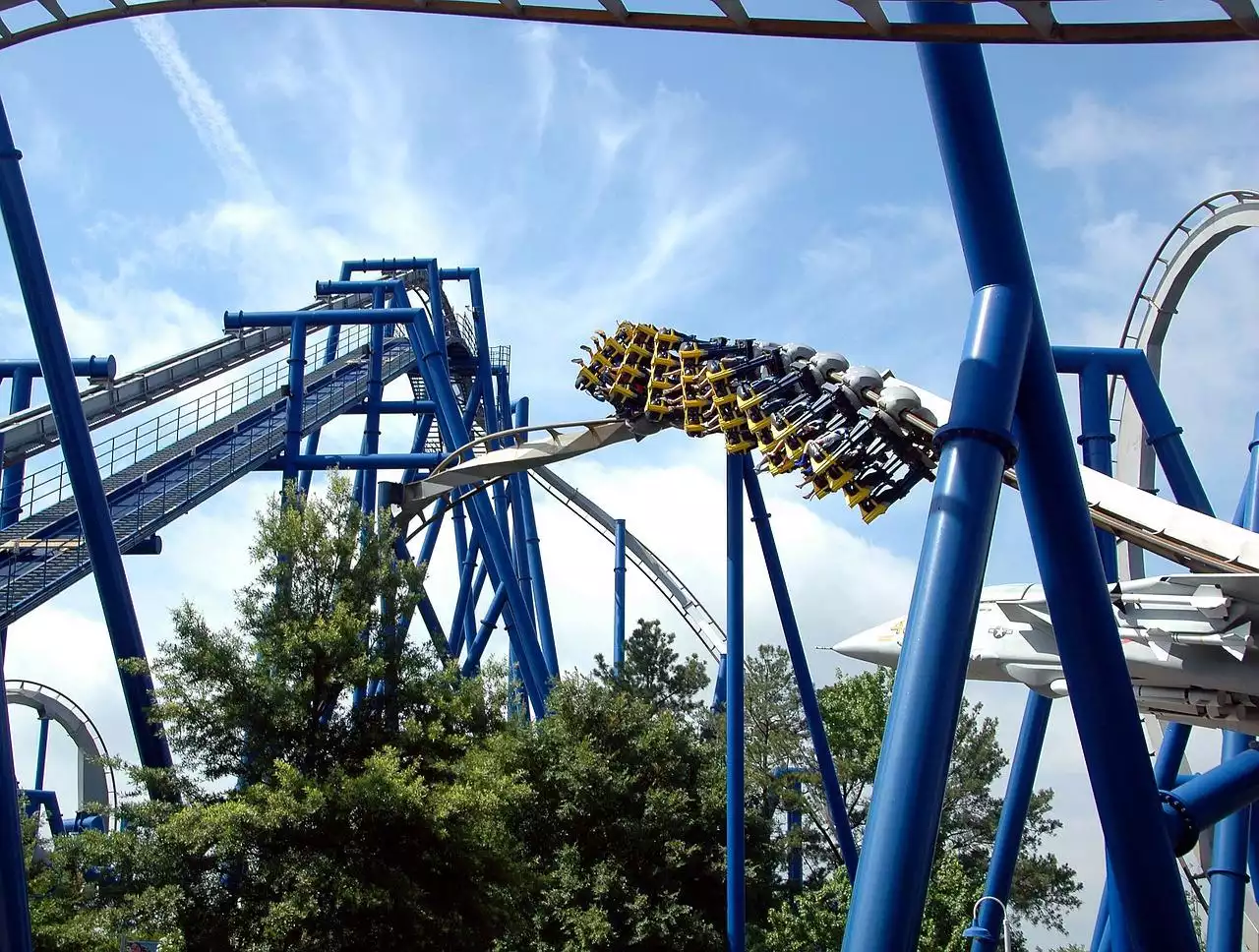What is a Theme Park?
A theme park is a large commercial recreation facility that features a variety of attractions, rides, and other entertainment and educational activities, often with a specific focus or theme. Many theme parks have water parks or fog gardens or both. A theme park is different from an amusement park or a zoo, although they may have some similar features. An amusement park or zoo is a place where people go to ride attractions, explore animal habitats, and enjoy other forms of entertainment that don't require a specific theme. A theme park has a larger investment in rides, shows, and other attractions than a zoo does in its animals.
The importance of Theme Parks in Tourism
One of the most common misconceptions about theme parks is that they’re all about rides, thrills, and scary monsters. In reality, these parks are so much more than just roller coasters! The industry has evolved into a dynamic business that not only thrills guests with its signature sights and sounds but also offers them plenty to do once they’ve finished exploring every corner of the park. This blog post will look at how theme parks have become one of the most popular tourist destinations in the world, some of the best examples of theme park design, and why local tourism benefits from establishing a park as part of their visitor attractions.
Theme Parks are an Important Part of Local Tourism
Theme parks may seem like a frivolous investment for a local economy, but they’re an extremely important part of any tourism strategy. As well as drawing in visitors from further afield, theme parks can help increase the number of short-stay and overnight visitors to a region. Those visiting for a theme park experience may stay in nearby hotels, eat in local restaurants and buy items from the gift shops. They’ll also spend time exploring the rest of the region, which boosts the overall tourism economy. Visitors to a theme park may also have time to explore other attractions in the area, like museums and historic sites. This means they’ll likely stay longer than a typical day or two at the park and see more of your destination.
The Importance of Good Theme Park Design
The first thing to note about good theme park design is that they’re not just big toys and playgrounds. While these are important, they’re only part of an overall experience that needs to be carefully planned to ensure your guests leave having enjoyed themselves. As well as an array of family-friendly rides, most theme parks feature indoor and outdoor play areas, live shows, sporting events, shows, and gift shops. Most importantly, the design of a theme park needs to be carefully considered, designed and built to ensure a seamless and enjoyable experience for guests. The layouts of each area need to be well-thought-out, with guests being guided through the park by a clear path.
Why are Theme Parks So Popular?
Anyone visiting a theme park is going to have a good time. However, this doesn’t necessarily explain why theme parks are so popular. There are a few key reasons for this, the first being the sheer diversity of the attractions. There’s almost certainly something for everyone, whether you’re a thrill seeker or prefer a more relaxed experience. Another important reason for the popularity of theme parks is that they’re accessible. They’re open to all ages and health levels, with many parks having special facilities and attractions for younger visitors or those who have mobility issues. This makes them a fantastic option for families and friends of all ages.
How does Local Tourism Benefit from a Theme Park?
Tourism will bring more money into the local economy, particularly if the park is located close to an airport or train station. A park will also bring jobs and other economic benefits to the area. Visitors to a theme park are likely to spend money on food, hotels, souvenirs, and other goods and services while they’re in town. The park will also generate revenue through ticket sales, and it’s possible to sell themed merchandise such as clothes and toys. This can help to finance the park’s future expansion, with new rides and attractions being added to keep the park fresh. Local tourism will also benefit from the park’s location. It will be easier for visitors to plan their trip, as the park can act as a central hub for exploring the city. This can boost overall tourism to the city by bringing in more visitors.
Conclusion
Theme parks are huge tourist destinations that not only bring in millions of visitors but also boost the local economy. They’re popular because they offer a wide range of attractions and experiences, such as rides, shows, and interactive experiences. The design of a theme park is important because it needs to be carefully planned and designed to ensure a seamless and enjoyable experience for guests. The layout of each area needs to be well-thought-out, with plenty of space and pathways. Visitors to a theme park will also explore other parts of the city, which boosts overall tourism. Local tourism will benefit from having a theme park in the area, as it will be easier to explore the city as it is centrally located.


 Hiking the Inca Trail in Peru to get to Machu Picchu
Hiking the Inca Trail in Peru to get to Machu Picchu
 Tips on Caring For An Ocelot
Tips on Caring For An Ocelot
 The Creative Issey Miyake Japanese Fashion Designer
The Creative Issey Miyake Japanese Fashion Designer Universal Studios is a Tourist Hotspot
Universal Studios is a Tourist Hotspot Disney World Attracts Tourists From All Over the World
Disney World Attracts Tourists From All Over the World Disney Land Paris, Attracts Tourists from all Over the World
Disney Land Paris, Attracts Tourists from all Over the World